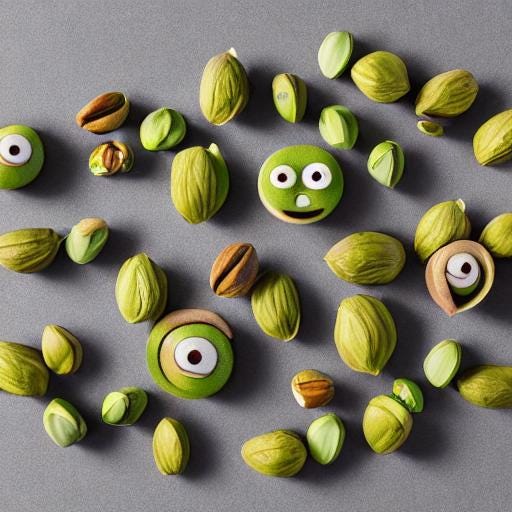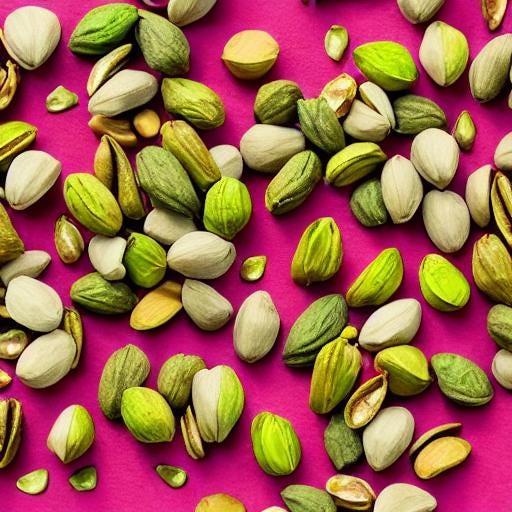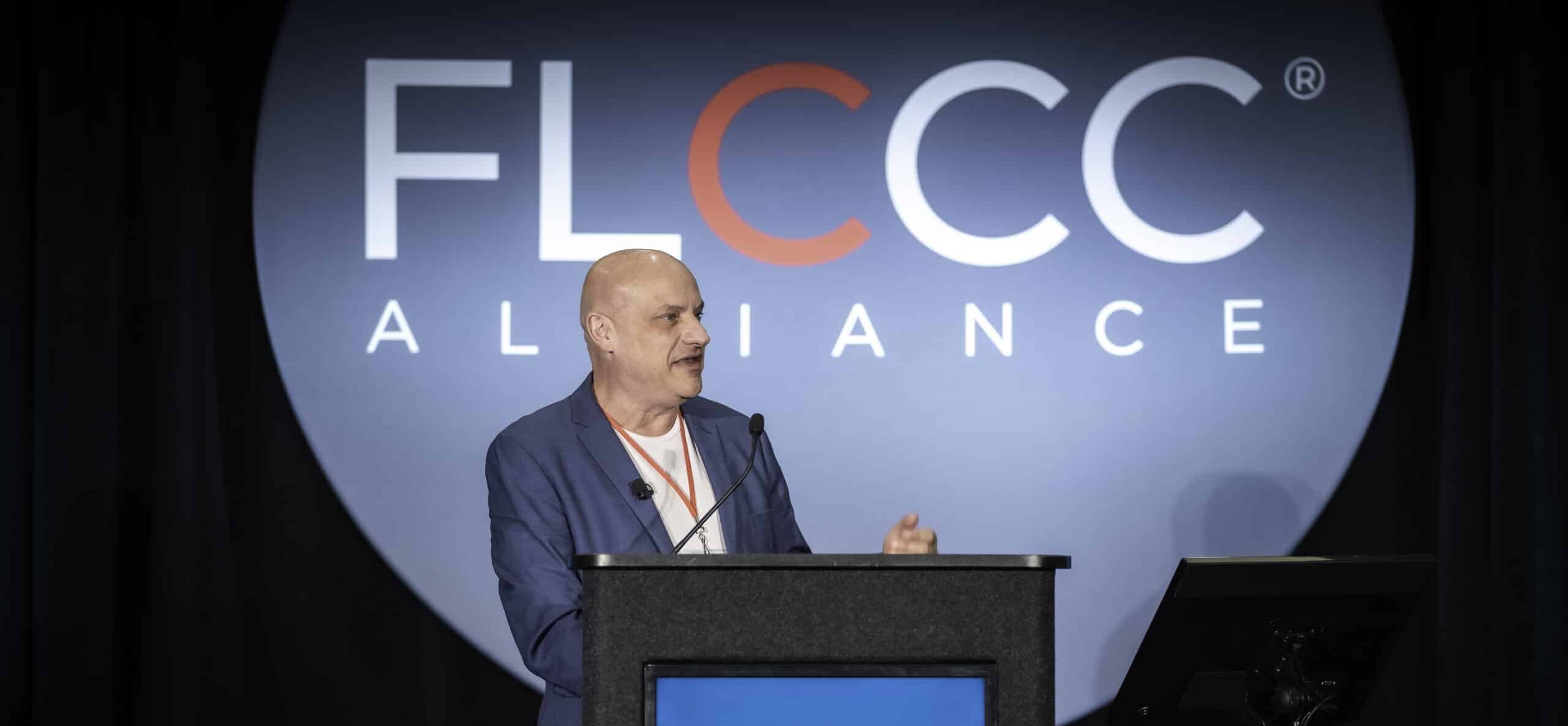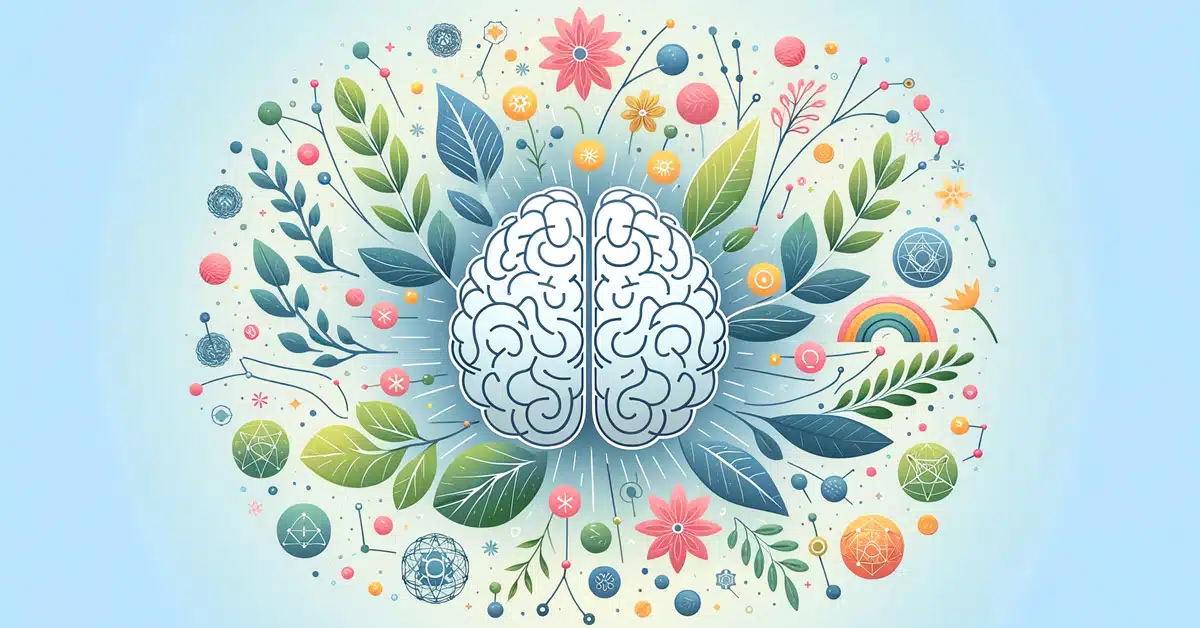How a Substack comment led to some internet sleuthing, a quick review of the literature, and a bit of simple arithmetic.
A couple of weeks ago, we ran a post on this Substack about ways to optimize your aging brain. We got lots of great feedback, including this comment from Jim Johnson:

Jim wants to live to be 100 and part of his strategy is to get lots of good sleep. (Wise man, that Jim.) Melatonin, as we all know, is a key to good sleep and Jim informed us that the “best dietary source of melatonin is pistachio nuts.”

This was news to us at FLCCC, if we’re honest. We wanted to know more, so our intrepid director of medical research, Dr. Harris, got to work. We asked her if there was evidence that pistachios contained melatonin, and if so, how many would you have to eat each night to get the equivalent of a 3 mg supplemental dose.
Here’s what she learned.
First of all, good news: pistachios, especially the roasted ones, have more melatonin than other nuts, as well as most fruits, vegetables, grains, legumes, and seeds. (Mushrooms are also a good dietary source of melatonin, but that’s another blog post.)
Dr. Harris says you might get a 3 mg supplemental dose of melatonin by eating about 50 roasted American-grown pistachios.
This estimate was based on two well-known studies that have investigated the melatonin content in pistachios.
- The first one was published in Iran in 2014 by Oladi et al. The researchers evaluated four different types of pistachios and found the average melatonin level was around 230 ug per gram. [4,9,10] However, other researchers using the same methodology were unable to independently verify this number. (“My hypothesis,” says Dr. Harris, “is that Iranian pistachios may contain more melatonin than pistachios grown in the United States because of differences in temperature, soil, and growing methods.”)
- In 2019, Dr. Jack Losso and Millicent Yeboah-Awudzi of Louisiana State University, working with the American Pistachio Growers, applied the Oladi method and discovered that American pistachios only contain around half the value of the Iranian counterparts in the Oladi study. According to their research, raw pistachios contain 53 ug/g, while roasted pistachios have around 110 ug/g. [8] Roasting removes the moisture, concentrating the amount of melatonin. Keep in mind that this study was conducted in collaboration with the American Pistachio Growers (an organization that promotes their product) and it only focused on pistachios cultivated in the United States. [6,9,11]
The math:
1 g = 1000 mg
1 mg = 1000 ug
So how much is 1 g of pistachios? A typical serving of pistachios is 1 oz (28.3 grams) or around 49–50 pistachios, according to AmericanPistachios.org. Hence, 50 pistachios divided by 28.3 grams = 1.76: One gram is about 1 and 3/4 pistachios.
According to Dr. Losso’s study, 1.76 pistachios contains 110 ug of melatonin. The body typically produces 0.3 mg of melatonin every day, so that’s the equivalent of about 5.28 pistachios. Let’s say you want to take a supplement of about 3 mg per day of melatonin. Since 3 mg is 10 times the unit of 0.3 that our body makes each day, we’ll need 5.28 x 10 so 52.8 pistachios to obtain 3 mg of melatonin per day. (Note: this only applies to roasted pistachios grown in America.)

DID YOU KNOW?
Pistachios also contain polyphenols (antioxidants), magnesium, selenium, vitamin B & E, calcium, zinc, folate, copper, and potassium in addition to melatonin. [1,2,3,4,5,6,7,8,9,11,12]
REFERENCES
- American Pistachio Org. The Power of Pistachios. https://americanpistachios.org/sites/default/files/inline-files/USA_PRESS-READY-PDF_NO-TRIM-MARKS_APG-Nutrition-Fact-Sheet_Letter-Size_APR-24-2020.pdf
- Bailey, H, M, & Stein, H, H. (2019). Raw and roasted pistachio (Pistacia Vera L.) are ‘good’ sources of protein based on their digestible indispensable amino acid score as determined in pigs. DOI 10.1002/jsfa.10429
- Gentile C, Tesoriere L, Butera D, Fazzari M, Monastero M, Allegra M, Livrea MA.
Antioxidant activity of Sicilian pistachio (Pistacia vera L. var. Bronte) nut extract and its bioactive components. J Agric Food Chem. 2007 Feb 7;55(3):643-8. - Grao-Cruces E, Calvo JR, Maldonado-Aibar MD, Millan-Linares MDC, Montserrat-de la Paz S. Mediterranean Diet and Melatonin: A Systematic Review. Antioxidants (Basel). 2023 Jan 24;12(2):264. doi: 10.3390/antiox12020264. PMID: 36829823; PMCID: PMC9951922.
- Higgs J, Styles K, Carughi A, Roussell MA, Bellisle F, Elsner W, Li Z. Plant-based snacking: research and practical applications of pistachios for health benefits. J Nutr Sci. 2021 Oct 1;10:e87. doi: 10.1017/jns.2021.77. PMID: 34733499; PMCID: PMC8532077.
- Hirigoyen, J. Stiudy finds American grown pistachios contain melatonin. https://americanpistachios.org/about-us/pistachio-power-unshelled/press-releases/study-finds-american-grown-pistachios-contain
- King J, Blumberg J, Ingwersen L, Jenab M, Tucker K. Tree Nuts and Peanuts as Components of a Healthy Diet. J Nutr. 2008.Sept;138(9):1736S-1740S.
- Losso, J, N.(2018). Report to American Pistachio Growers. https://americanpistachios.org/sites/default/files/inline-files/Jack%20Losso_%20%20Report%20to%20American%20Pistachio%20Growers_0.pdf
- Meng X, Li Y, Li S, Zhou Y, Gan RY, Xu DP, Li HB. Dietary Sources and Bioactivities of Melatonin. Nutrients. 2017 Apr 7;9(4):367. doi: 10.3390/nu9040367. PMID: 28387721; PMCID: PMC5409706.
- Oladi E, Mohamadi M, Shamspur T, Mostafavi A. Spectrofluorimetric determination of melatonin in kernels of four different Pistacia varieties after ultrasound-assisted solid-liquid extraction. Spectrochim Acta A Mol Biomol Spectrosc. 2014 Nov 11;132:326-9. doi: 10.1016/j.saa.2014.05.010. Epub 2014 May 16. PMID: 24878439.
- Paroni R., Dei Cas M., Rizzo J., Ghidoni R., Montagna M.T., Rubino F.M., Iritri M. Bioactive phytochemicals of tree nuts. Determination of the melatonin and sphingolipid content in almonds and pistachios. J. Food Compos. Anal. 2019;82:103227. doi: 10.1016/j.jfca.2019.05.010.
- Tomaino A, Martorana M. Arcoraci T, Monteleone D, Giovinazzo C, Saija A. Antioxidant activity and phenolic profile of pistachio (Pistacia vera L., variety Bronte) seeds and skins. Biochimie. 2010 Sep;92(9): 1115-22.





